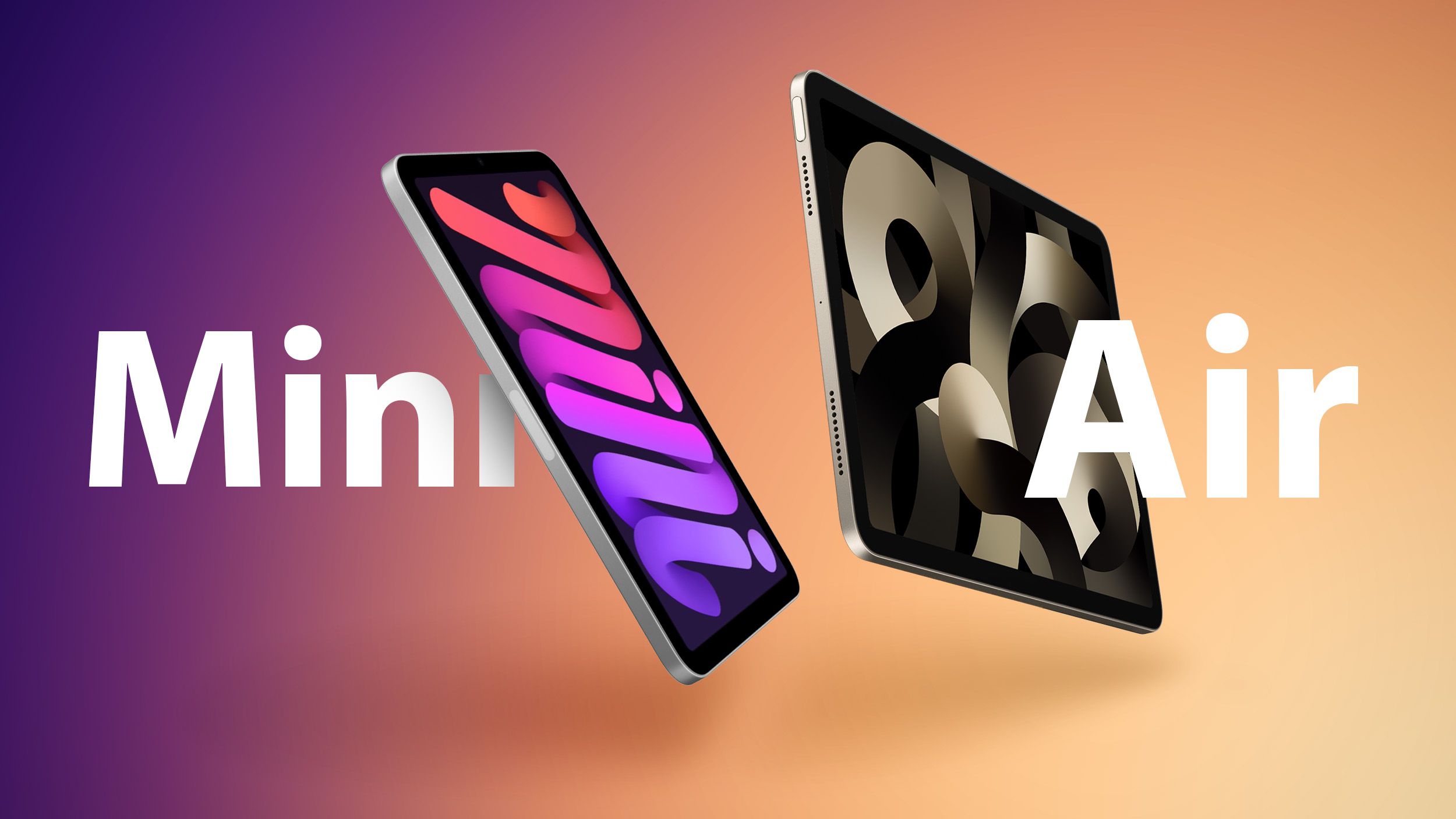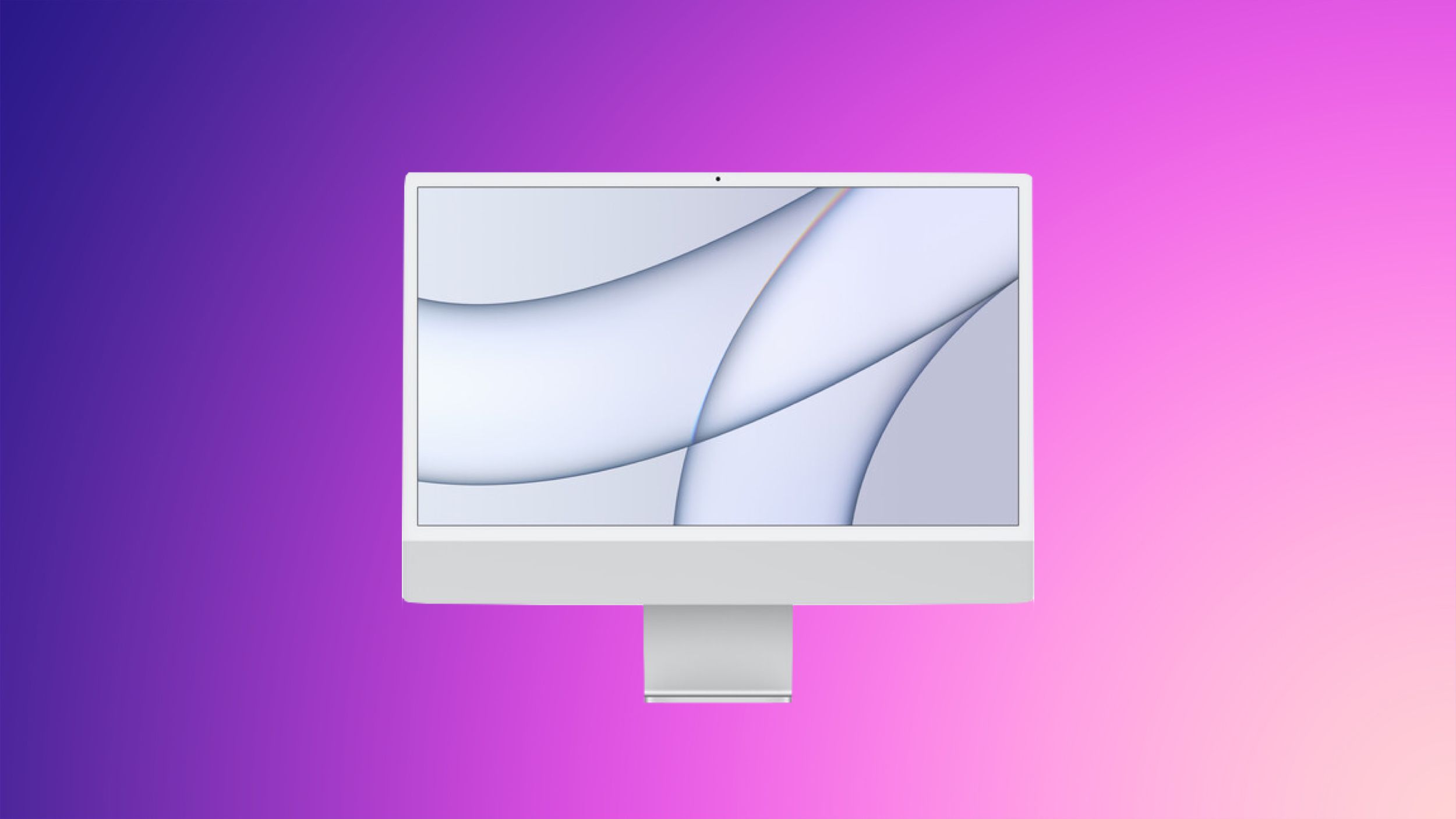Intel did not lose $7B this year. It was last year and it was for (still nonexistent) foundry business. As a whole Intel made $7B profits just in Q4.
There is a anemic 3rd party foundry business , but the notion that there is no substantive foundry business flow here doesn't have much foundation. The competitive the compute packages problems are not solely locked up in the fab process.
A large portion of that is just accounting 'deck chair' shuffling. It is somewhat like when CocaCola split off 'bottling' from the syrup business. Take the part of the company with high capital costs and chuck it into one bucket and skim off the high margin part of the company into a separate silo.
From the Q4 report
" ...
| Business Unit Revenue and Trends | | Q4 2023 | | vs. Q4 2022 | | 2023 | | vs. 2022 | | |
| Client Computing Group (CCG) | | $8.8 billion | | up | 33% | | $29.3 billion | | down | 8% |
| Data Center and AI (DCAI) | | $4.0 billion | | down | 10% | | $15.5 billion | | down | 20% |
| Network and Edge (NEX) | | $1.5 billion | | down | 24% | | $5.8 billion | | down | 31% |
| Mobileye | | $637 million | | up | 13% | | $2.1 billion | | up | 11% |
| Intel Foundry Services (IFS) | | $291 million | | up | 63% | | $952 million | | up | 103% |
..."

www.intc.com
Foundry revenue is up ( 63%/103% relative to previous time periods ) . The problem is that capital investment is way up further than that.
Also see "old method vs new method" table here
The biggest benefit that is coming from the separation of the Intel chip design and marketing business from its foundry operations is that Intel’s chip

www.nextplatform.com
where DCAI goes from unprofitable to profitable in 2023. There is a bit of hyperbole in that write up of labeling IFS as being a "real stinker" when the graphics is smelling up the joint at about
double the negative percentage rate. IFS isn't the primarily foundry there.
Foundry is building 2-3 multiple billion factories which don't produce revenue in the very short term and the CPU package business gets to keep almost all the profits ( not paying for future capital costs this year. And getting foundry services at deep discounts. )
Intel didn't spend on EUV fab capacity for years and now is having to play "catch up" in spending. A substantial part of this just shifting that costs away from the CPU products in the short-intermediate term.
( lots of dividends (and wasteful acquisitions ) that the non-foundry products kick out in previous years that could have gone paying for future stuff is gone. So it is more a blame assignment game now. )
Xeon SP Sapphire Rapids when with
double digits numbers of steppings to work out bugs was late, and they didn't sell to projected volumes. That too is largely getting dumped on the Foundry division ( idle capacity not paying for itself). It is likely Intel is burying that stuff among all the massive capital investments they have. Three wins for them there. One a better tax write off (at top level) and it provides air cover to 'bad design' issues (profits in compute are a great 'deodorant' . ) . The expectations should be lower on the foundry being profitable over the short term so losses there will be tolerated more.
Likely same thing with Max GPU ( Ponte Vecchio ) not hitting numbers either and generating capacity bubbles. Parts of that a fab elsewhere, but the multiple die packaging is all Intel.
both of those are part of why DCAI is substantially down which leads substantively contributes to foundry problems (leaving bubbles in production).







